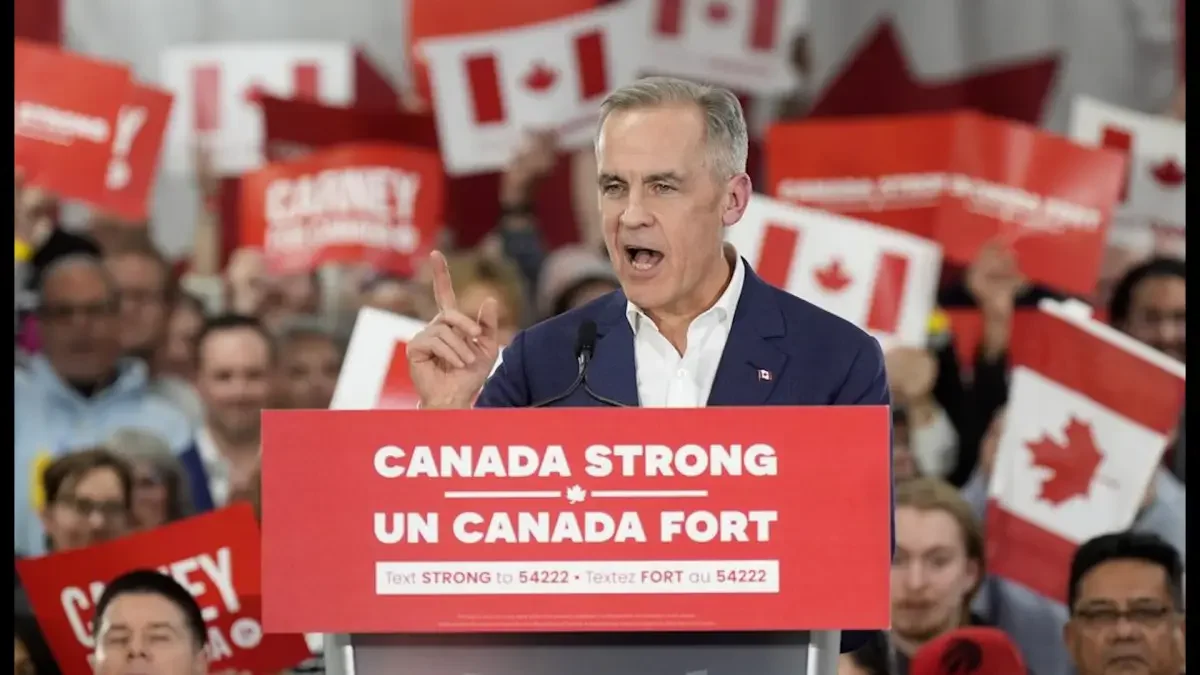What are Mark Carney’s plans with Canada’s Calls to Action?
Photo Credit: Global News
On Sept. 30, Canadian Prime Minister Mark Carney announced a plan for the Liberal Party to take stricter action on its commitment to the Truth and Reconciliation Commission (TRC)’s 94 calls to action. This report was published in 2015, and calls on the country to take specific action to repair Indigenous trauma, including making concrete changes to child welfare, education, culture, health, and justice. However, many critics argue that very little progress has been made.
In a video of Carney addressing the crowd at Parliament Hill, which marked the fifth annual National Day of Truth and Reconciliation, Carney declared that he will “match remembrance with responsibility.” Throughout his speech, he expressed his sympathy for what the Indigenous community has endured and highlights the importance of helping and respecting Indigenous people.
“Indigenous leadership, Indigenous prosperity, Indigenous opportunity — these must be foundational from the start,” he added. Carney claimed he would take action by drafting massive social policy reforms, investigating the missing and murdered Indigenous women and girls, and implementing the United Nations Declaration on the Rights of Indigenous Peoples.
The TRC was established in 2008 as part of the Indian Residential Schools Settlement Agreement, which was the 2007 legal resolution between the Canadian government, churches, and Indigenous representatives to deal with the legacy of residential schools.
A month after former Prime Minister Justin Trudeau started his first term in office, he received the Final Report of the TRC, and issued the following statement: “The Government of Canada is committed to walking a path of partnership and friendship with Indigenous peoples, survivors, their families, and communities for this monumental achievement towards healing and reconciliation.” He promised to work with leaders of First Nations, Métis Nation, Inuit, provinces and territories, and parties to the Indian Residential School Settlement Agreement to heal communities and build trust.
However, so far, out of the 94 calls to action, 16 calls have not been started, 22 are stalled, 42 are in progress, and only 14 are considered complete. While this is still a work in progress, many Indigenous communities feel that the Candian government should continue to complete more calls to action and are expecting further change.
For instance, according to the Yellowhead Institute, a First Nation-led research centre based in the Faculty of Arts at Ryerson University, the health care system often relies on land acknowledgments, cultural safety training, or project-based initiatives while avoiding commitments that transfer power or resources to Indigenous Peoples. Nevertheless, indigenous-led healing centers remain underfunded, jurisdictional disputes occur, indigenous health education is inconsistently rooted in medical and nursing curricula.
System-wide transformation is lacking, although promising initiatives exist. However, whether these go forward will depend on whether Carney leans toward symbolic gestures or focuses on concrete structural change.

